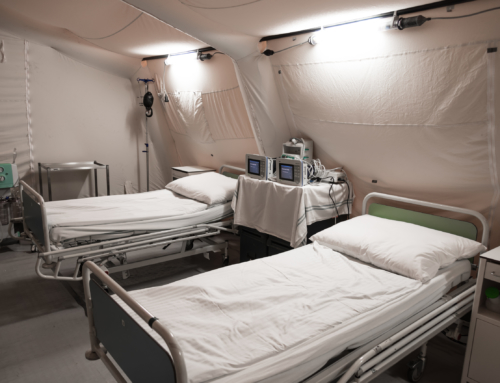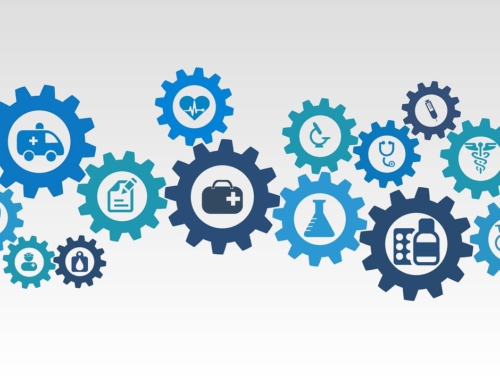The attack on a hospital with ransomware can have far-reaching consequences for the healthcare sector. In addition to the loss or theft of data, the failure of IT systems is also a crisis situation for hospital business.
The damage from this is not only delayed medical care, but also financially this event can develop into an existential threat. Especially when there is blackmail involving large sums of money. This makes it all the more surprising that it is only now that this danger posed by ransomware to hospitals is being publicly addressed and specifically warned against.
The example of a hospital network in Rhineland-Palatinate and Saarland, which was affected by ransomware in 2019 and had to compensate for several days of IT outages, is representative of many more events of this kind, most of which have not been publicly discussed. It is estimated that about 64% of hospitals have already been affected by a hacking attack [1]. This acute danger and the increase in attacks in recent months illustrate once again that holistic crisis management is all the more important.
Since hospitals, as critical infrastructures, already have to meet higher requirements in IT security, a certain level of protection against attacks is unavoidable. However, in the event of a successful attack, this protection is not enough to keep the hospital running. Instead, holistic crisis management is necessary, which implements IT crisis management into the hospital’s crisis management and takes measures so that the hospital remains operational even if the IT systems fail. One way of doing this is through holistic business continuity management, which can be applied to all areas of hospitals.
If you would like to learn more about business continuity management, listen to our Business Resilience Podcast and read our Business Resilience Blog.
An article by Anna Müller, published on 20 October 2020
Translated by Charlotte Ley
Bibliography
[1] Roland Berger Holding GmbH (Hg.) (2017): Roland Berger Krankenhausstudie 2017. Online verfügbar unter https://www.google.de/url?sa=t&rct=j&q=&esrc=s&source=web&cd=1&cad=rja&uact=8&ved=2ahUKEwjmkorRibflAhWBM-wKHVWpDj0QFjAAegQIBBAC&url=https%3A%2F%2Fwww.rolandberger.com%2Fpublications%2Fpublication_pdf%2Froland_berger_krankenhausstudie_2017.pdf&usg=AOvVaw3rPzD-oSZknwL4-0UuBeqj, last updated July 2017, last checked July 20, 2020.






